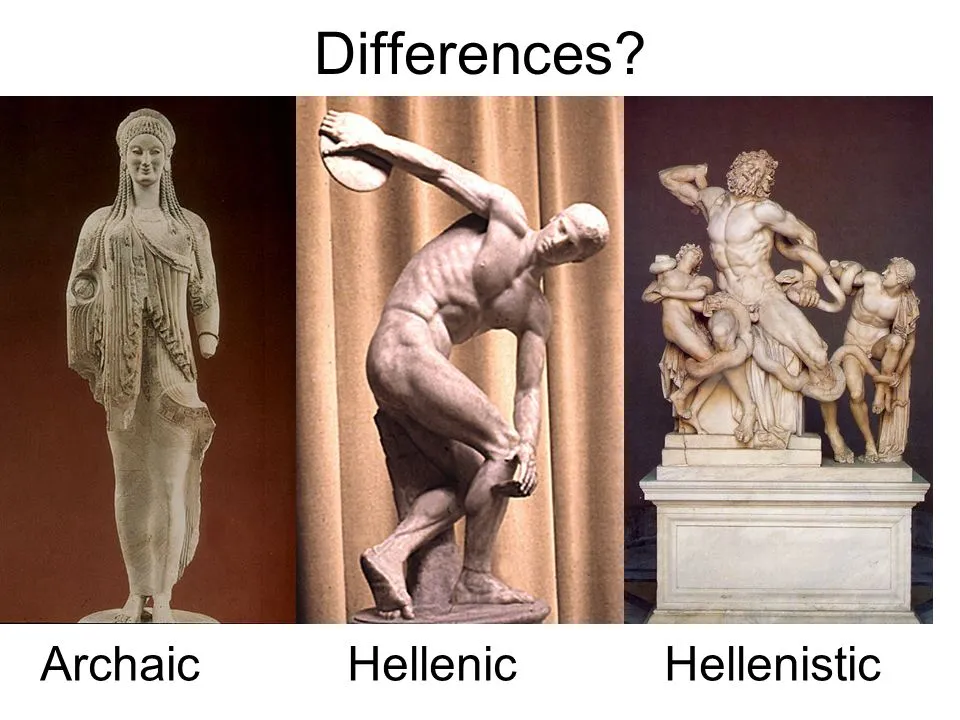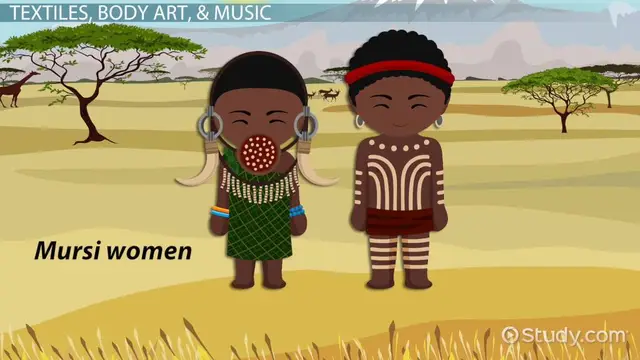What is the difference between a 'tuxedo' and a 'suit jacket'?
A tuxedo and a suit jacket may look similar, but they are actually quite different. A tuxedo is traditionally a dressier item, usually reserved for formal events such as weddings, galas, and other special occasions. The jacket of a tuxedo is usually made of a satin or silk material with distinctive lapels, while the trousers are usually pleated. On the other hand, a suit jacket is a more versatile item, designed to be worn for business meetings, job interviews, and other everyday occasions. The jacket of a suit is generally made of a more sturdy material such as wool or tweed and the trousers are usually flat-fronted. So, while both pieces of clothing may look alike, there are clear distinctions between them.
What is the difference between Hellenic and Hellenistic culture?
The Hellenic and Hellenistic cultures are two distinct ancient civilisations that have had a great impact on the world. Hellenic culture is the culture of Ancient Greece from the 8th century BC to the death of Alexander the Great in 323 BC. It focused on the appreciation of art and architecture, philosophy, theatre, and literature. On the other hand, Hellenistic culture is the culture of Ancient Greece that developed after the death of Alexander the Great in 323 BC. The Hellenistic period was marked by a shift from the idealistic worldview of the Hellenic period to a more pragmatic and realistic one, with a focus on sciences, technology, and mathematics. The two cultures are similar in many respects, but their differences are evident in the way they viewed the world and how they approached life.
Is there a difference between Latin America and South America?
Latin America and South America are two terms that are often used interchangeably, but they are not the same. Latin America consists of countries with a language derived from Latin, such as Spanish, Portuguese and French. South America consists of the countries located in the southern part of the American continent, regardless of their language. Latin America also includes some countries in the Caribbean, while South America does not. The two regions share many cultural, geographical and historical similarities, but they remain distinct.







